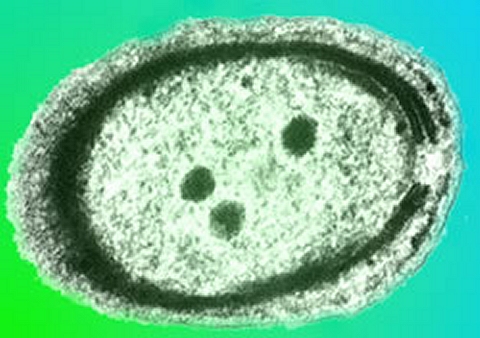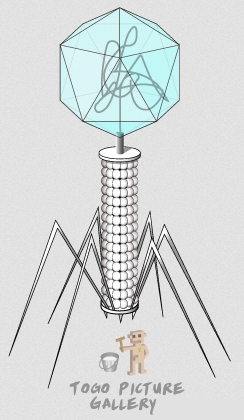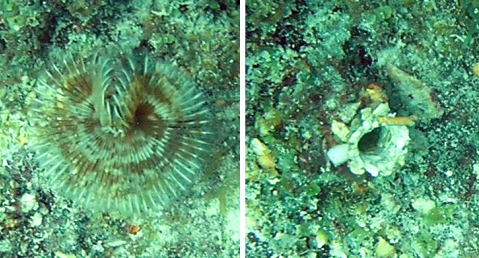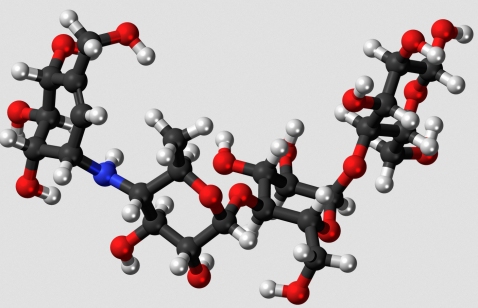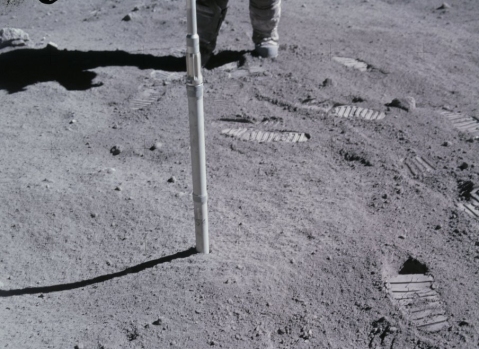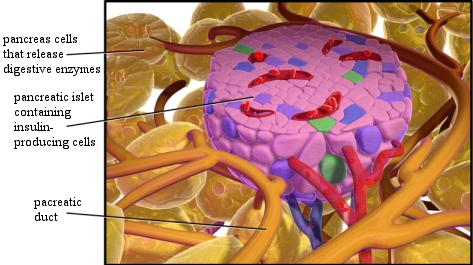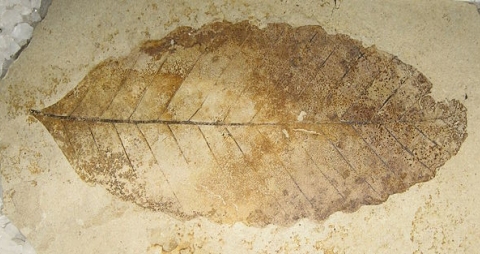
One of the many recent scientific discoveries that is best understood in a young-earth creationist framework is the preservation of original tissue in fossils thought to be millions of years old (see here, here, here, and here, for example). So far, all of the examples of such tissue come from animals, but recently, a study was published in the journal Metallomics that indicates at least some plant fossils also have remarkably well-preserved original remains in them!
The research team, which includes palaeontologists, physicists, and geochemists, used the Stanford Synchrotron Radiation Lightsource and the UK’s Diamond Light Source to examine fossil leaves which are believed to be 50 million years old. These two facilities use fast-moving electrons to produce radiation that is very intense and very high energy. This radiation can be used to study various aspects of an object that are not possible to study using visible light. In particular, the research team used the radiation from the facilities to examine the distribution of chemicals found in the leaf fossils.
Why did they want to do this? Well, essentially the same team of scientists used a series of tests (including ones conducted at the Stanford Synchrotron Radiation Lightsource) on a reptile fossil that was also supposed to be 50 million years old. They found the chemicals you would expect to find in reptile tissue, and they found them in exactly the places you would expect to find them in living reptiles.1 As a result, they concluded that there was a remarkable level of chemical preservation in a reptile fossil that is supposed to be 50 million years old. They wanted to see if the same thing existed in plant fossils.
They found that it did!

